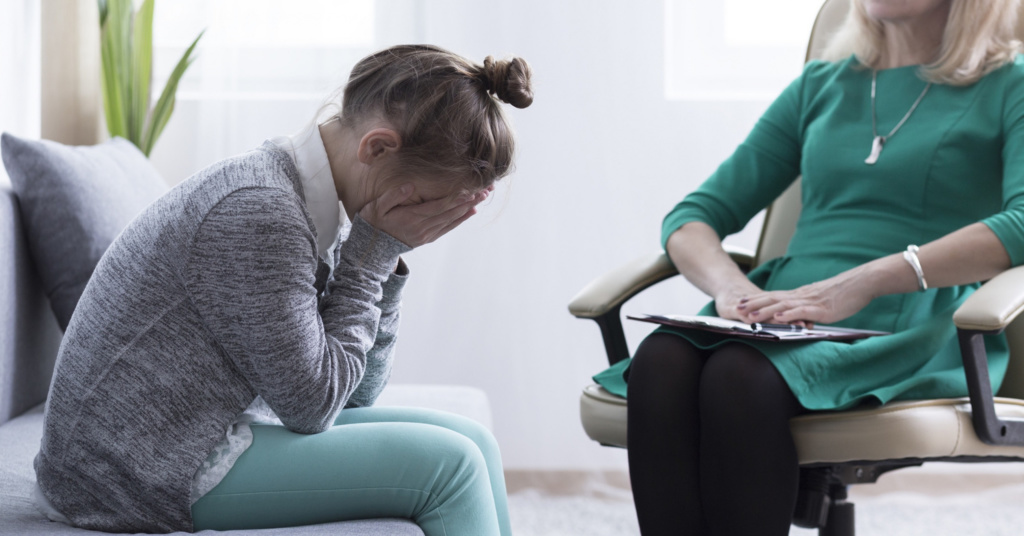
It is well known that there is an increase in the number of young people experiencing mental health difficulties, and the following statistics highlight the scale and nature of the crisis.
Ten per cent of children and young people (aged 5–16 years) have a clinically diagnosable mental problem, yet 70 per cent of children and adolescents who experience mental health problems have not had appropriate interventions at a sufficiently early age.1
Ninety per cent of school leaders reported an increase in the number of students experiencing anxiety or stress, and 84 per cent reported an increase in low mood or depression over the last 5 years.2
There is a school of thought that believes that we have become more open as a society when discussing mental health difficulties, and therefore young people feel they can talk about their problems. Others feel that societal changes, such as social media, technology and changes in family structures, have had such an impact that, in fact, young people do experience more mental health difficulties.
Unstable and unpredictable relationships within the family can contribute to a young person’s vulnerability to mental health difficulties,3 especially if they have been exposed to domestic abuse,4 and increasingly, young people are taking on the role of carer.5 Young people who find it hard to make and/or maintain friendships may experience feelings of loneliness and sadness as they find it a struggle to communicate and interact socially with their peers.
As the internet is available 24/7, young people are experiencing ‘new pressures’ through their engagement with social media, which may be connected to body image, confidence, being subject to unfriending and trolls, or at risk of sexual exploitation. Online gaming can lead to a gaming disorder.6 Where young people experience severe anxiety and bullying—in the real or virtual world—can have a detrimental impact on their mental health.7